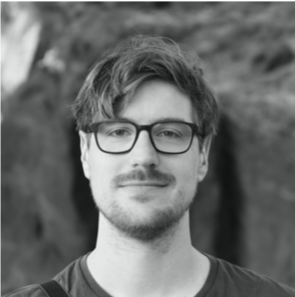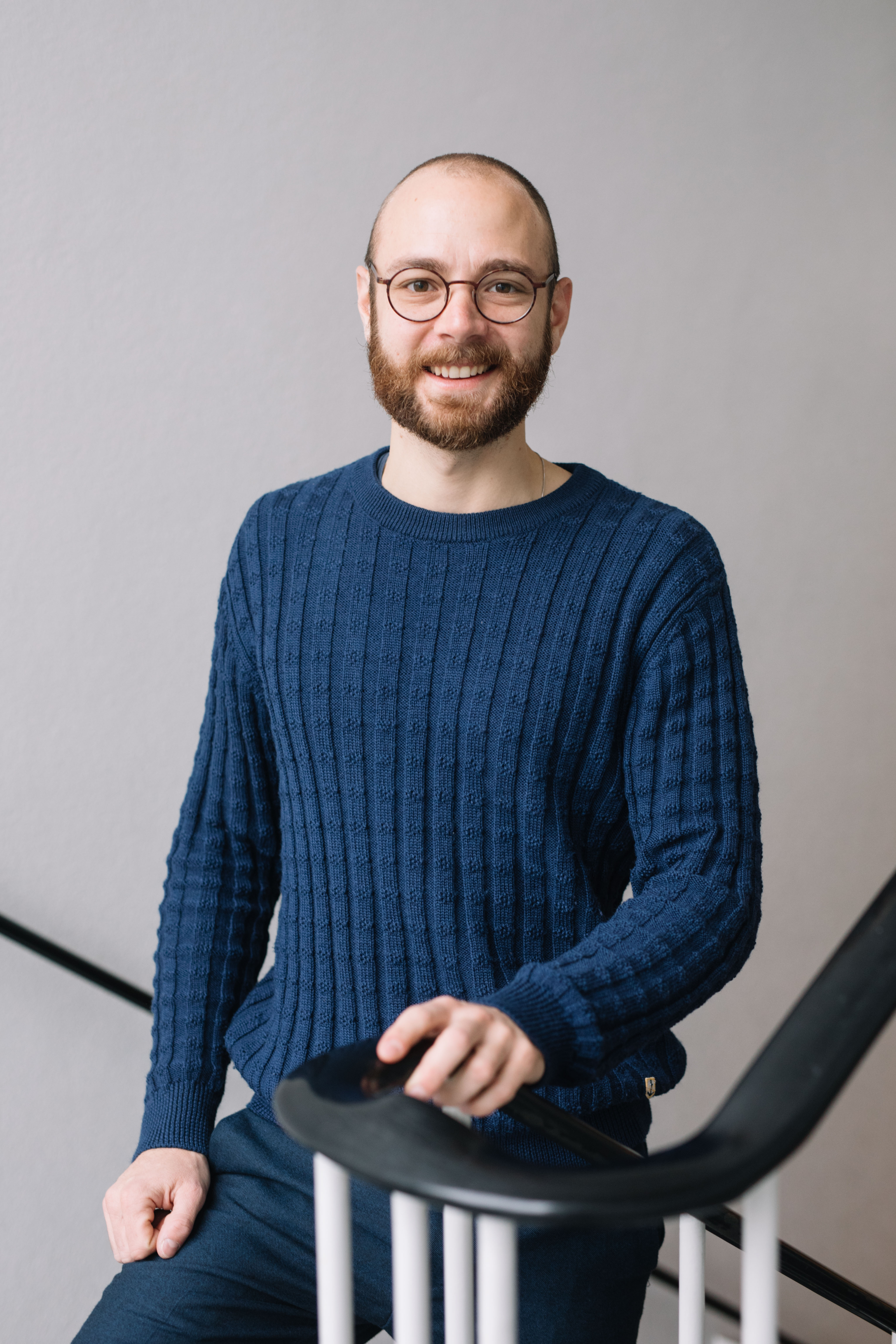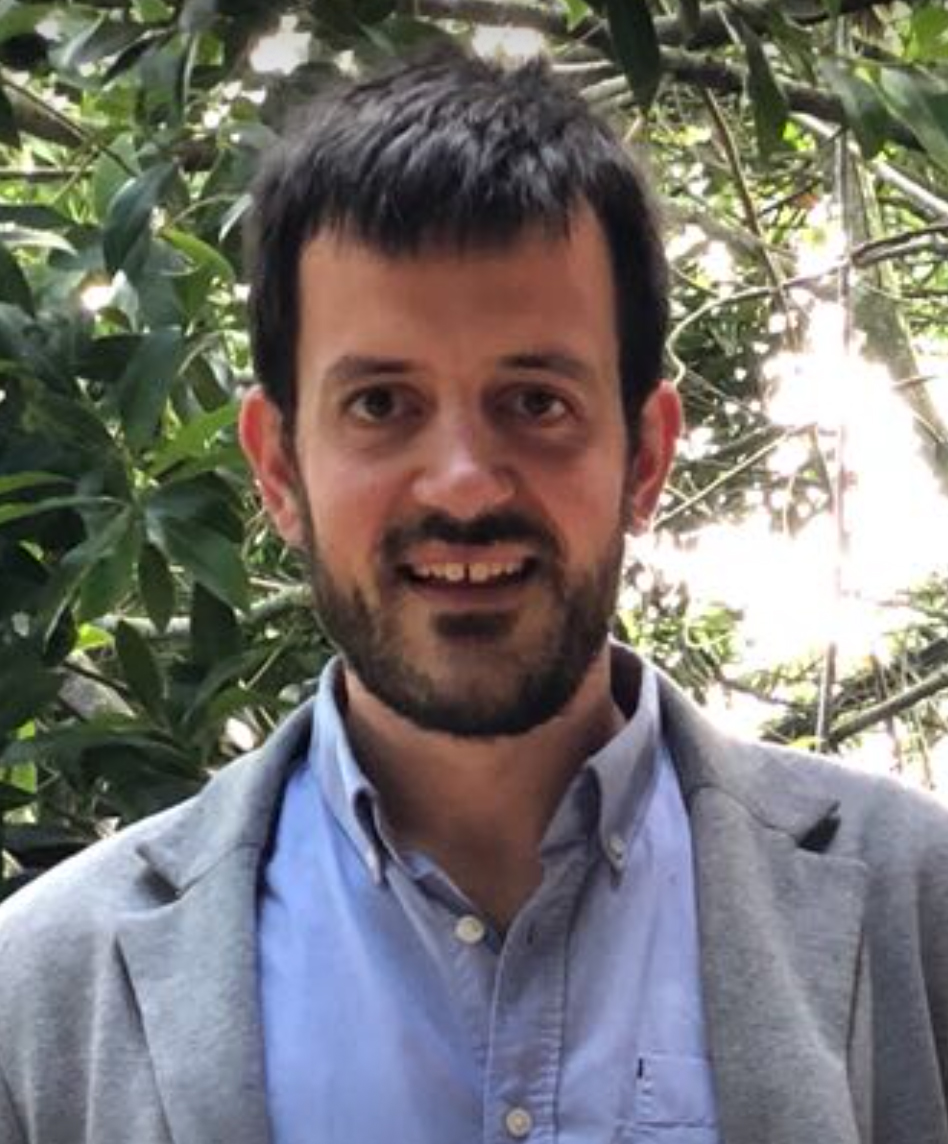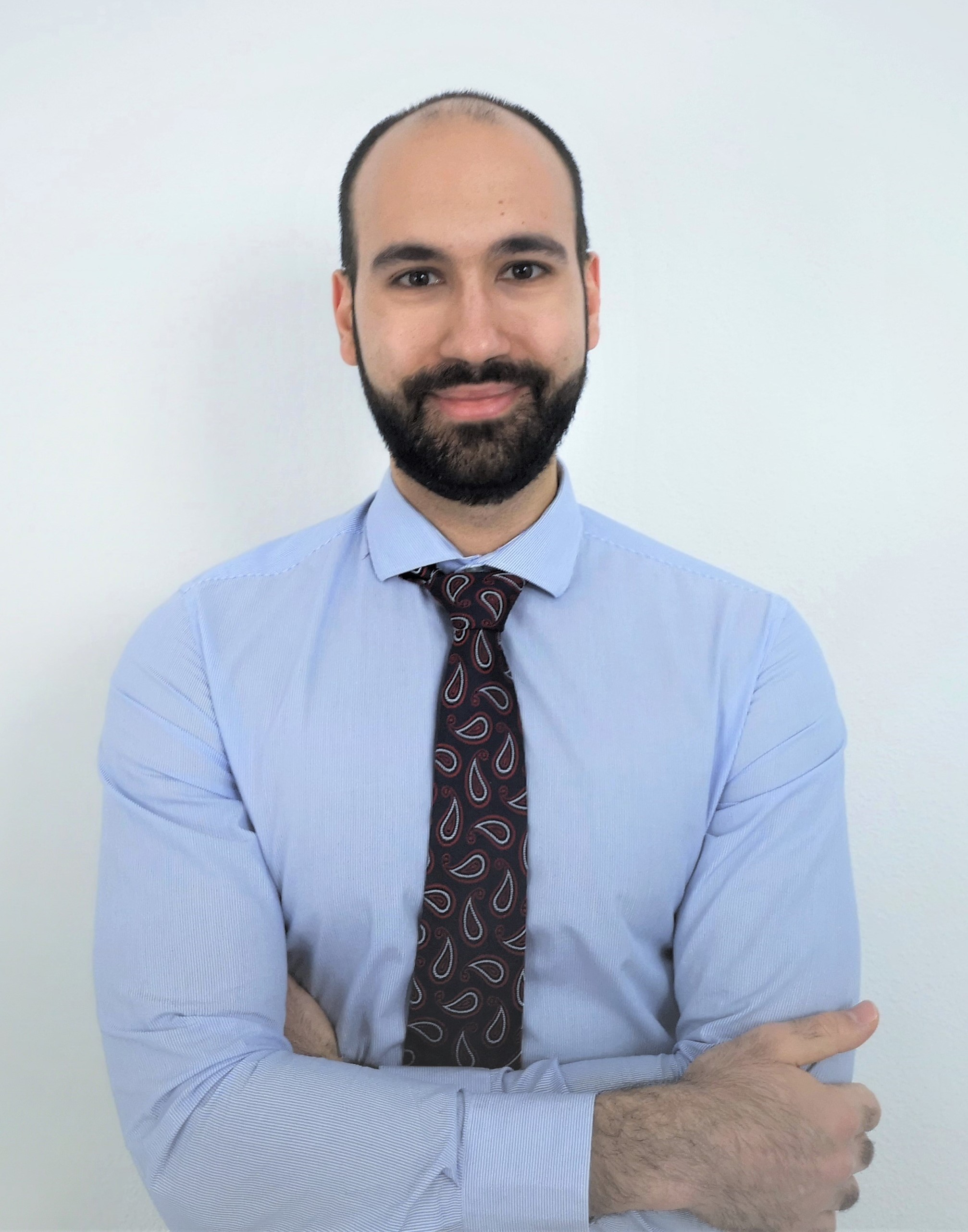Faculty of Applied Sciences attracts four new Marie Curie Fellows
The Faculty of Applied Sciences has attracted four talented international researchers through the Marie Skłodowska-Curie Actions Individual Fellowships programme of the European Union. The new Fellows are: Anders Barth (Bionanoscience), Baptiste Heiles (Imaging Physics), Josep Ingla-Aynés (Quantum Nanoscience) and José Palomo Jiménez (Chemical Engineering).
The highly competitive Marie Sklodowska Curie Fellowship Programme allows researchers to work on projects in all research fields while receiving training and supervision to enhance their skills and boost their careers. The Fellows supported will work on research projects that tackle a variety of global challenges.
These are the new Fellows and the projects they will be working on:
Anders Barth – Cees Dekker Lab (Bionanoscience)
Unraveling the mechanism of nuclear transport using optical nanopores
“The nuclear pore complex is the gatekeeper of the nucleus and safeguards our genomic material from external intruders. At the same time, it ensures fast and efficient transport of proteins and genetic information to and from the nucleus. While we have acquired a detailed view of the structure of this ~100 nm large complex, it remains largely unclear how this selective, yet efficient gate works in detail - mainly because its secret lies in the lack of structure. The central channel is filled with long disordered proteins that, much like a bowl of spaghetti, form a dense mesh. In a bottom-up approach, I will assemble biomimetic nanopores and shed light on the mechanism of nuclear transport using ultrasensitive single-molecule fluorescence methods. The importance of understanding the principles of the nuclear pore is in understanding why it sometimes fails, as mutations have been linked to neurodegenerative diseases and various forms of cancer.”
Baptiste Heiles – Maresca Lab (Imaging Physics)
Detecting the early metabolic and vascular onset of cancer
“With this fellowship, I will advance cancer diagnosis capabilities of ultrasound imaging at the Maresca Lab. Cancer remains a leading cause of death worldwide, involving pathological processes across multiple scales. In clinical practice, ultrasound is already used to detect tumors, guide therapy and monitor disease evolution. However, it cannot visualize the cellular and vascular onset of cancer. My project, named Multi-messenger Imaging of Cancer (MIC), will build on three recent breakthroughs in the field of ultrasound imaging to make early metabolic and vascular detection of cancer feasible: 4D ultrasound imaging, ultrasound super-resolution imaging and genetically encoded acoustic reporters. I’m proud to say that my project was ranked in the top 0.3% of the Physics panel.”
Josep Ingla-Aynés – van der Zant Lab (Quantum Nanoscience)
Quantum transport in van der Waals heterostructures with tuneable spin-orbit coupling
“As semiconductor electronics are reaching a fundamental limit that threatens the continuous improvement of the world's computational capabilities, novel paradigms such as quantum computing with single electrons are becoming increasingly relevant. In my Marie Skłodowska-Curie project, called ‘Point contacts for quantum spin valleytronics’ (PCSV), I will explore heterostructures of layered materials as a novel material platform for devices where single electron spins are the information carriers. I will realize this goal by studying electrostatically defined ultimately narrow quantum point contacts and ultimately small quantum dots in a bilayer graphene (BLG)/WSe2-based novel device platform. In this geometry, the WSe2 layer influences the charge and spin transport properties of the BLG in a tunable manner. PCSV will become a feasibility study to determine whether BLG/WSe2 heterostructures can compete with state-of-the-art material platforms for single spin quantum devices.”
José Palomo Jiménez – Atsushi Urakawa Lab (Chemical Engineering)
Towards direct transformation of methane into ethylene
“My Marie Sklodowska-Curie project is entitled KinGrad-OCM and it’s focused on the study of the Oxidative Coupling of Methane (OCM), which is considered a ‘dream’ reaction for the direct transformation of methane into ethylene. The aim of KinGrad-OCM is to set up a new methodological approach based on the application of operando spatial reactor analysis techniques for the study of the OCM reaction both in conventional furnace heated and microwave-assisted reactors. Applying these cutting-edge operando techniques will lead to a better understanding of how the reaction proceeds in space and time in the reactor (mechanism and kinetics of the process) and the development of advanced efficient catalysts. The successful application of the gradient approach, proposed in KinGrad-OCM, for assessing kinetic studies will yield a new perspective to both catalyst and reactor design not only for the OCM process but also for other complex chemical reactions. I will join Prof. Urakawa’s research group in June.”



